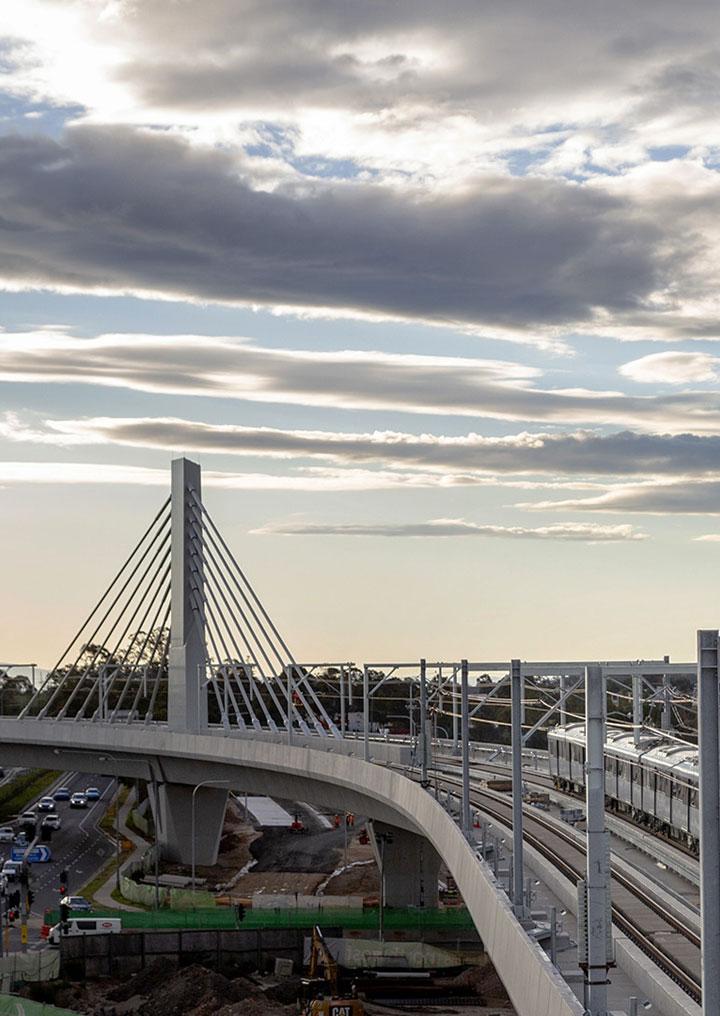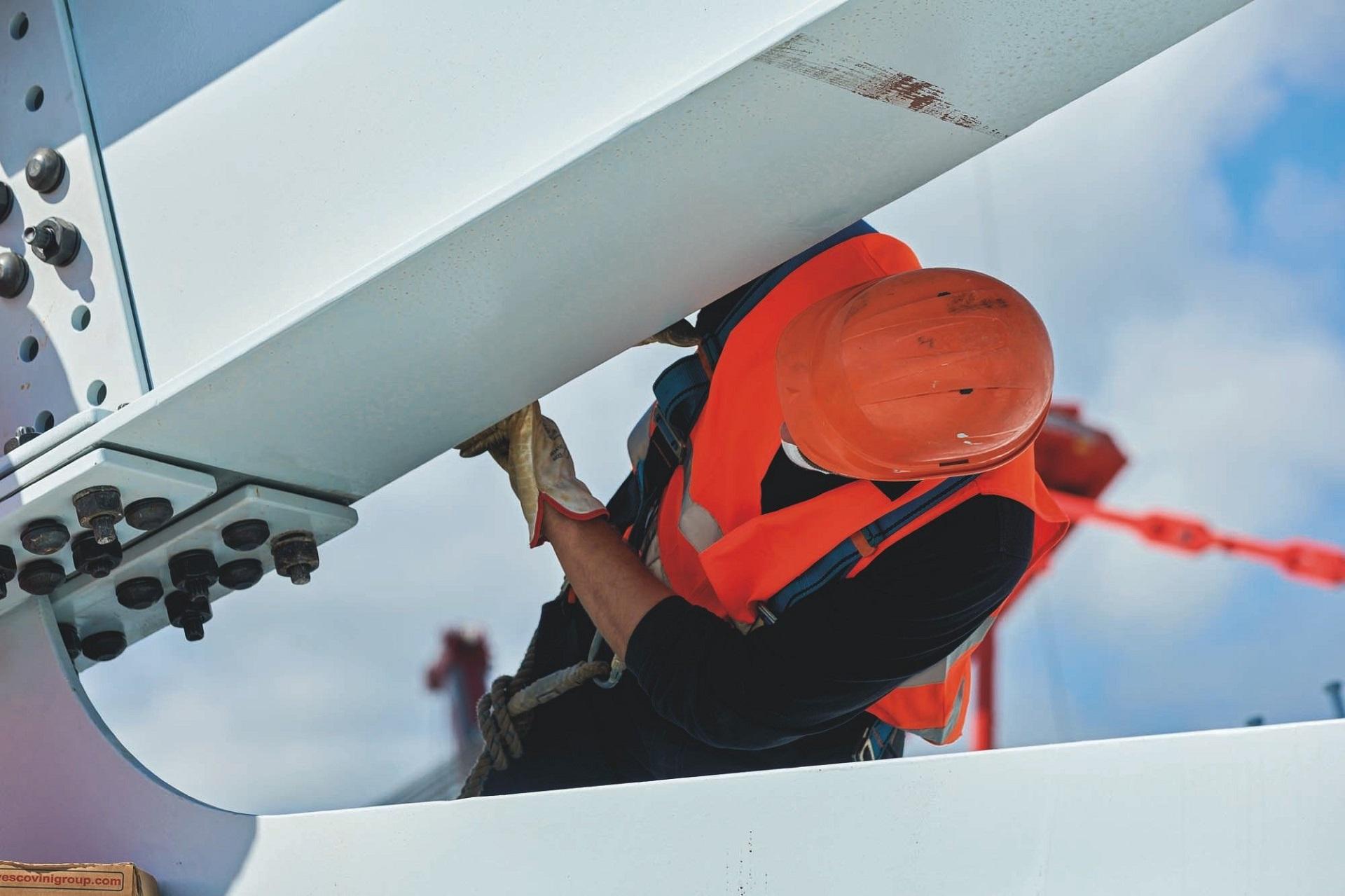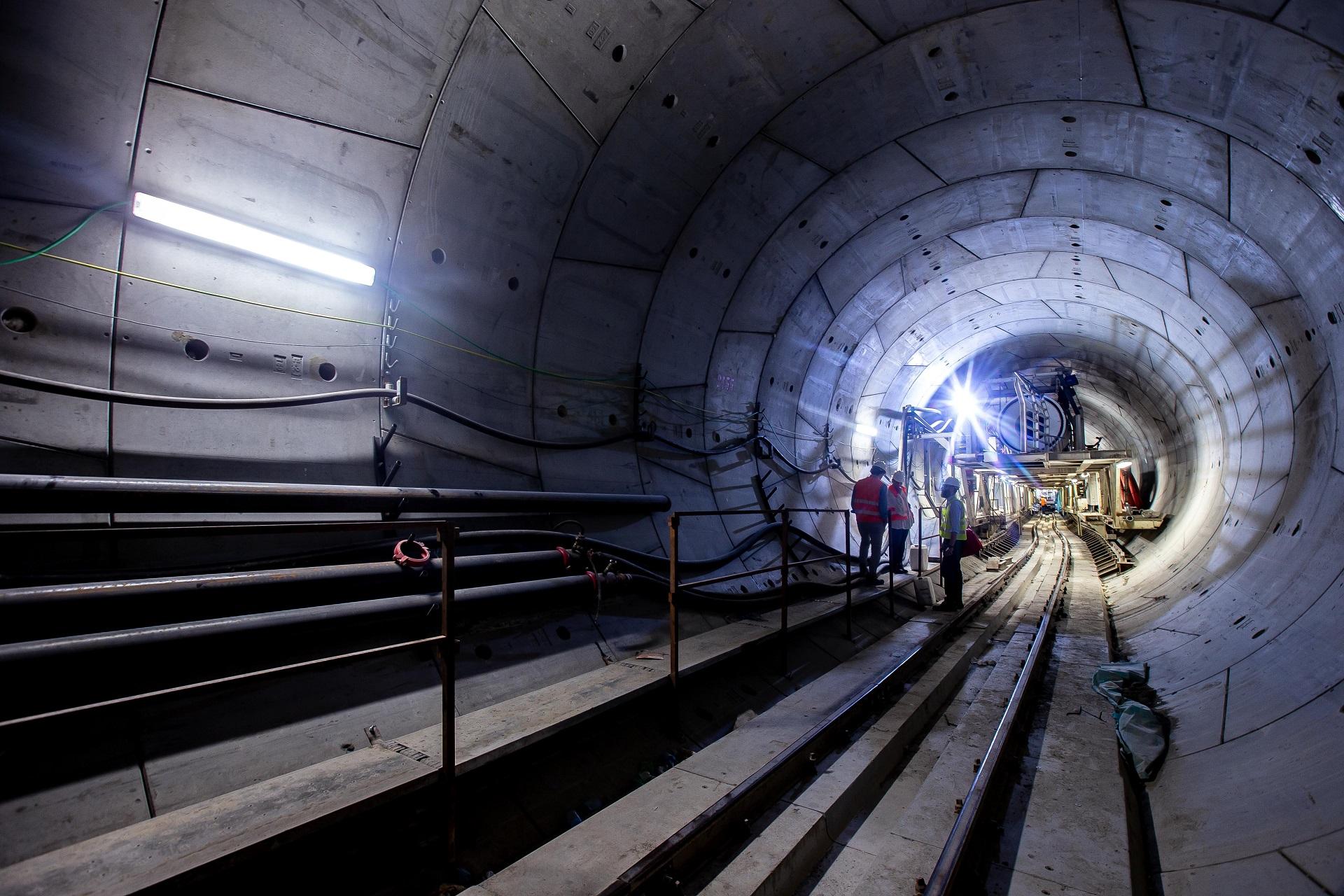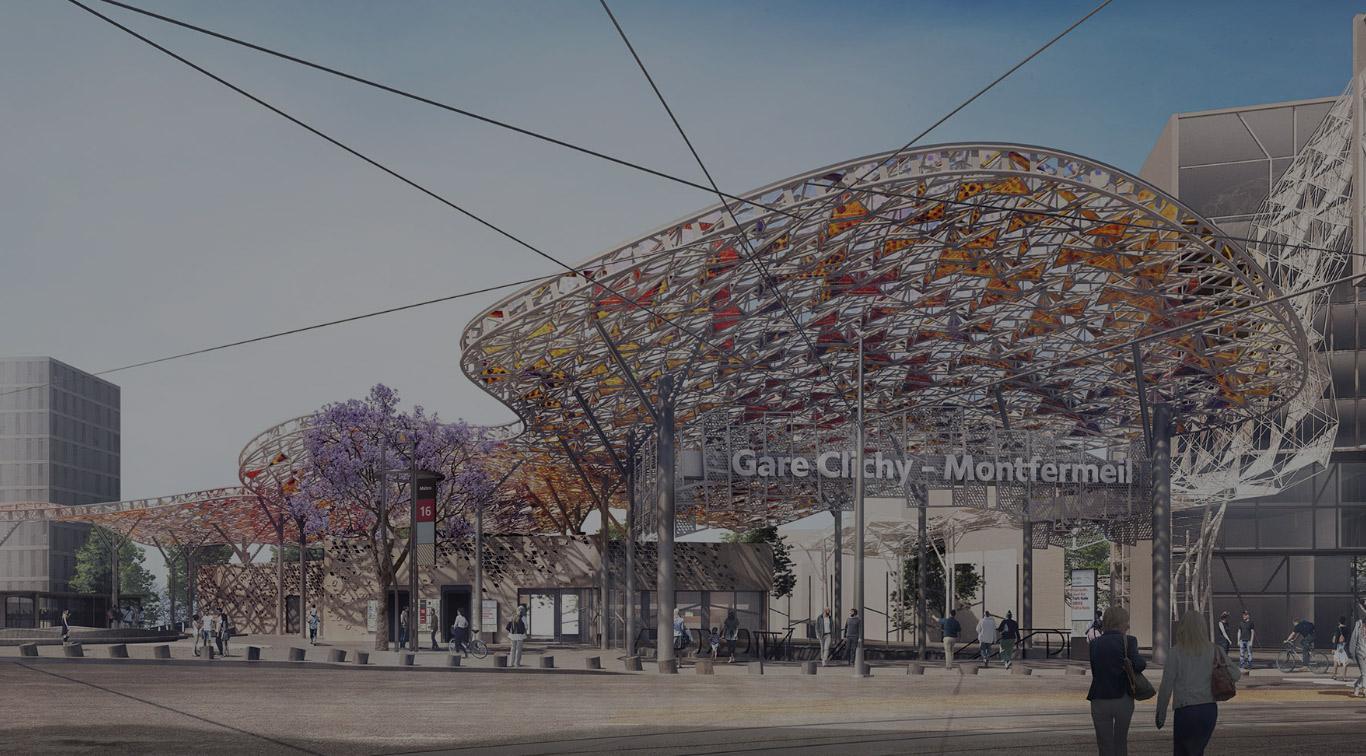Sustainable Development
Sustainable Mobility: The European Union's Strategy
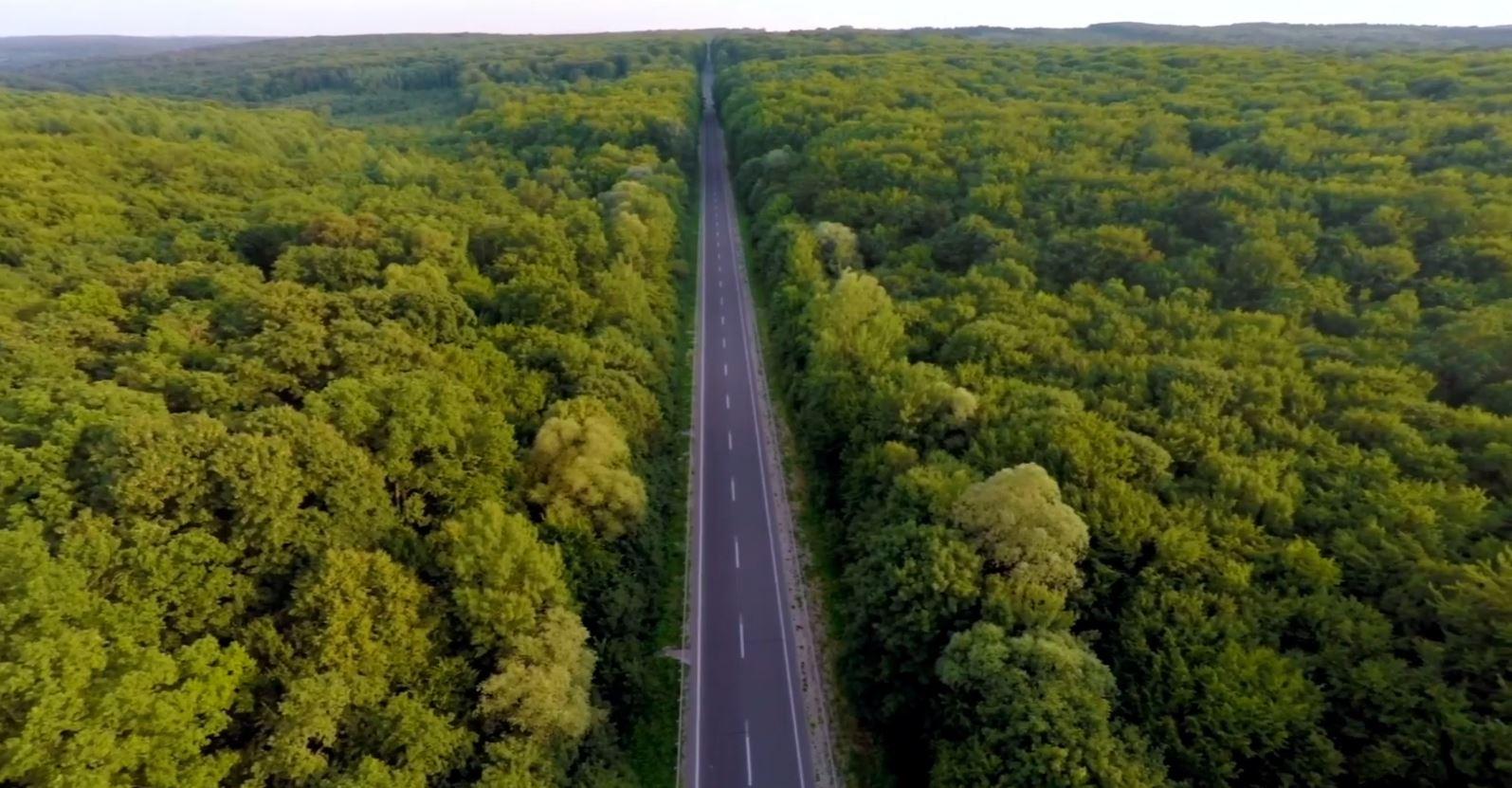
The importance of a sustainable transport network
With transport contributing around 5% of the European Union's GDP and providing jobs for over 10 million people in the old continent, the sector is crucial for European companies and global supply chains. The transport system is not, at the same time, cost-free for our society: greenhouse gas emissions and pollutants, noise, traffic accidents and traffic congestion are always present. Today, transport-related emissions account for around a quarter of the EU's total greenhouse gas emissions.
The European Commission recently presented its ‘Sustainable and Smart Mobility Strategy' together with an Action Plan of 82 initiatives that will guide its work for the next four years. This strategy lays the foundation for how the EU transport system can achieve its green and digital transformation, with the aim of becoming more resilient to future crises. As outlined in the European Green Deal, the result will be a 90% cut in emissions by 2050, thanks to a smart, competitive, safe, accessible and affordable transport system.
The drive to revolutionize mobility takes shape in an unprecedented historical moment, where the entire sector appears to be in difficulty, and strongly affected by the impacts caused by the coronavirus. Thanks to greater public and private investments aimed at modernizing and making our infrastructures more sustainable, a historic opportunity now opens up. It will make European transport not only greener, but also more globally competitive, and more resistant to possible future shocks.
Sustainable mobility in Europe: concrete milestones for a possible future
Frans Timmermans, Executive Vice-President for the European Green Deal, said: “To reach our climate targets, emissions from the transport sector must get on a clear downward trend. Today's strategy will shift the way people and goods move across Europe: We've set ambitious targets to ensure a sustainable, smart, and resilient return from the COVID-19 crisis".
The 'Sustainable and Smart Mobility Strategy' provides concrete objectives and clear deadlines to guide the European transport system towards a smart and sustainable future, foreseeing and implementing the right incentives to start the transition.
By 2030:
- at least 30 million zero-emission cars will be in operation on European roads
- 100 European cities will be climate neutral
- high-speed rail traffic will double across Europe
- scheduled collective travel for journeys under 500 km should be carbon neutral
- automated mobility will be deployed at large scale
- zero-emission marine vessels will be market-ready
By 2035:
- zero-emission large aircraft will be market-ready
By 2050:
- nearly all cars, vans, buses as well as new heavy-duty vehicles will be zero-emission
- rail freight traffic will double
- A fully operational, multimodal Trans-European Transport Network (TEN-T) for sustainable and smart transport with high speed connectivity.
Transforming these goals into reality: 10 key areas for sustainable transport
To make our goals a reality, the strategy identifies 10 key areas for action, each with concrete measures, aimed at making future transport in Europe fully sustainable, smart and resilient.
Sustainability is at the heart of the European Commission's strategies for a new development model. The areas of action in this field include:
- Boosting the uptake of zero-emission vehicles, vessels and aeroplanes, renewable & low-carbon fuels and related infrastructure (i.e. by installing 3 million public charging points by 2030)
- Creating zero-emission airports and ports (i.e. through new initiatives to promote sustainable aviation and maritime fuels)
- Doubling high-speed rail traffic and developing extra cycling infrastructure over the next 10 years
- Doubling rail freight traffic by 2050
- Pricing carbon and providing better incentives for users (i.e. pursuing a comprehensive set of measures to deliver fair and efficient pricing across all transport)
Innovation and digitalisation will shape how passengers and freight move around in the future if the right conditions are put in place. The strategy foresees:
- Making connected and automated multimodal mobility a reality – making it possible for passengers to buy tickets for multimodal journeys and freight to seamlessly switch between transport modes.
- Boosting innovation and the use of data and artificial intelligence (AI) for smarter mobility (i.e. by fully supporting the deployment of drones and unmanned aircraft and further actions to build a European Common Mobility Data Space)
Transport has been one of the sectors hit hardest by the COVID-19 pandemic, and many businesses in the sector are seeing immense operational and financial difficulties. The commitment of the European Commission to address this aspect includes the following areas of intervention:
- Reinforcing the Single Market by reinforcing efforts and investments to complete the Trans-European Transport Network (TEN-T) by 2030, and supporting the sector to build and modernize infrastructure through increased investments, both public and private.
- Focusing on greater accessibility of mobility, making it available in all regions and for all passengers and making the sector more attractive for workers.
- Stepping up transport safety and security across all modes – with the aim of bringing the death toll close to zero by 2050
Webuild's commitment to sustainable mobility
The Group is one of the main players for sustainable urban (metro and light rail) and extra urban (high-speed railways) mobility, as well as for land (roads and highways), maritime (ports, waterways) and air transport infrastructures (airports). It is already contributing significantly to the transformation of the global transport system.
Just the metro line projects that the Group is currently carrying out, globally, will allow around 3 million people, every day, to move quickly, efficiently and sustainably, on state-of-the-art infrastructures, avoiding emissions of approximately 550,000 tons of CO2 every year. Ongoing high-speed railway projects, on the other hand, will reduce travel times by an average of 50%, serving around 23 million people, through a safe, fast and low-emission service.
The Group builds roads and highways global that favour the development and mobility of people and goods from urban centres to the most remote regions. At the same time, they interpret urban changes, offering new mobility solutions to the chronic congestion problems of large cities.
Webuild 5P Sustainability Manifesto
Webuild Search
Webuild Tunneling Experience
Webuild Railways Experience
Digital technologies have the potential to revolutionise the way we move, making our mobility smarter, more efficient, and also greener.

